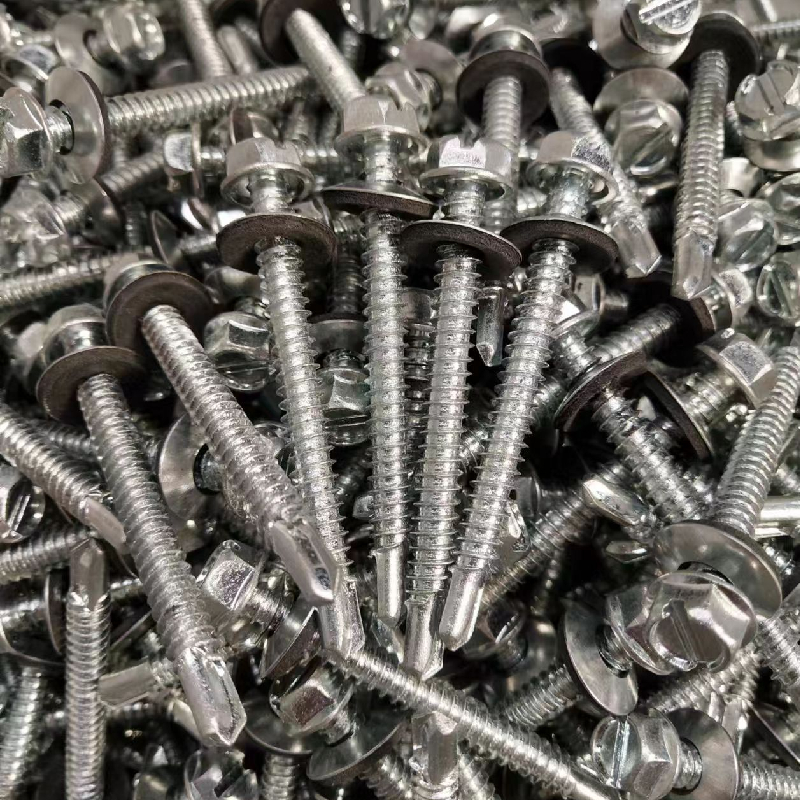Material Properties and Selection for Foundation Bolts in Construction Applications
Foundation Bolts Materials and Their Importance in Construction
Foundation bolts are critical components in the field of construction and engineering, serving as anchor points that secure structures to their foundations. Typically embedded in concrete, these bolts ensure stability and longevity, cementing a building's relationship with the ground beneath it. The choice of material for foundation bolts is paramount as it directly impacts performance, load-bearing capacity, resistance to environmental factors, and overall durability.
Common Materials Used for Foundation Bolts
1. Steel By far the most prevalent material for foundation bolts, steel offers a remarkable combination of strength, ductility, and affordability. Different grades of steel can be used based on the specific load requirements and environmental conditions. For example, carbon steel provides excellent tensile strength, making it suitable for heavy structural applications. However, carbon steel may be prone to corrosion, which is why it's often galvanized or coated to enhance its resistance to rust and degradation.
2. Stainless Steel In environments where corrosion is a significant concern, such as coastal areas or chemical plants, stainless steel bolts are utilized. Stainless steel doesn't corrode as readily as carbon steel, thanks to its chromium content, which forms a protective oxide layer. Although more expensive than carbon steel, stainless steel foundation bolts offer longevity and lower maintenance costs, thereby reducing the overall life-cycle cost of a structure.
3. Alloy Steel Alloy steel is another option, combining different elements like nickel, chromium, and molybdenum to enhance its properties. These bolts are characterized by high tensile strength and improved toughness, making them ideal for high-stress applications. Alloy steel foundation bolts are often used in heavy-duty constructions, such as bridges and large industrial facilities, where extreme loads are expected.
4. High-Strength Bolts These bolts are typically made from carbon or alloy steel and are heat-treated to achieve higher yield strength. Commonly used in steel frame buildings and bridges, high-strength bolts can support heavy loads and are designed to resist shear and tensile forces, which are critical in seismic zones.
Factors Influencing Material Selection
foundation bolts material

The selection of material for foundation bolts hinges on several factors, including
- Load Requirements The anticipated loads (both static and dynamic) that the bolts will be subjected to play a crucial role in material selection. Engineers must calculate the required strength and load capacity to ensure safety and stability.
- Environmental Conditions The exposure environment significantly influences the choice of material. Factors such as moisture, salinity, and chemical exposure necessitate the use of materials with appropriate corrosion resistance.
- Cost Considerations While performance characteristics are essential, cost cannot be overlooked. Therefore, project budgets often dictate the selection between different materials — balancing performance with affordability is a critical aspect of successful construction management.
- Standards and Regulations Compliance with industry standards, such as those set by the American Institute of Steel Construction (AISC) or the American Society for Testing and Materials (ASTM), is mandatory. These standards provide guidelines for the mechanical properties and quality control of foundation bolts.
Conclusion
In conclusion, foundation bolts are indispensable in construction, providing stability and security to a variety of structures. The choice of material is vital to the performance and longevity of these bolts, with options ranging from carbon and stainless steel to high-strength and alloy steel. By considering factors such as load requirements, environmental conditions, cost, and regulatory standards, engineers can select the most suitable materials, ensuring the safety and durability of foundations. As construction technologies continue to evolve, the development of new materials and methods will further enhance the performance of foundation bolts, solidifying their role as key components in modern architecture and engineering.
-
Weatherproof Plastic Expansion Anchors for OutdoorNewsJun.06,2025
-
Sustainability in the Supply Chain: Eco-Friendly TEK Screws ProductionNewsJun.06,2025
-
Load-Bearing Capacity of External Insulation FixingsNewsJun.06,2025
-
Double Head Bolts: Enhancing Efficiency in Industrial MachineryNewsJun.06,2025
-
Corrosion Resistance in Chipboard Screws: Coatings for Wholesale DurabilityNewsJun.06,2025
-
Butterfly Toggle Bolts : Enhancing Structural ResilienceNewsJun.06,2025
